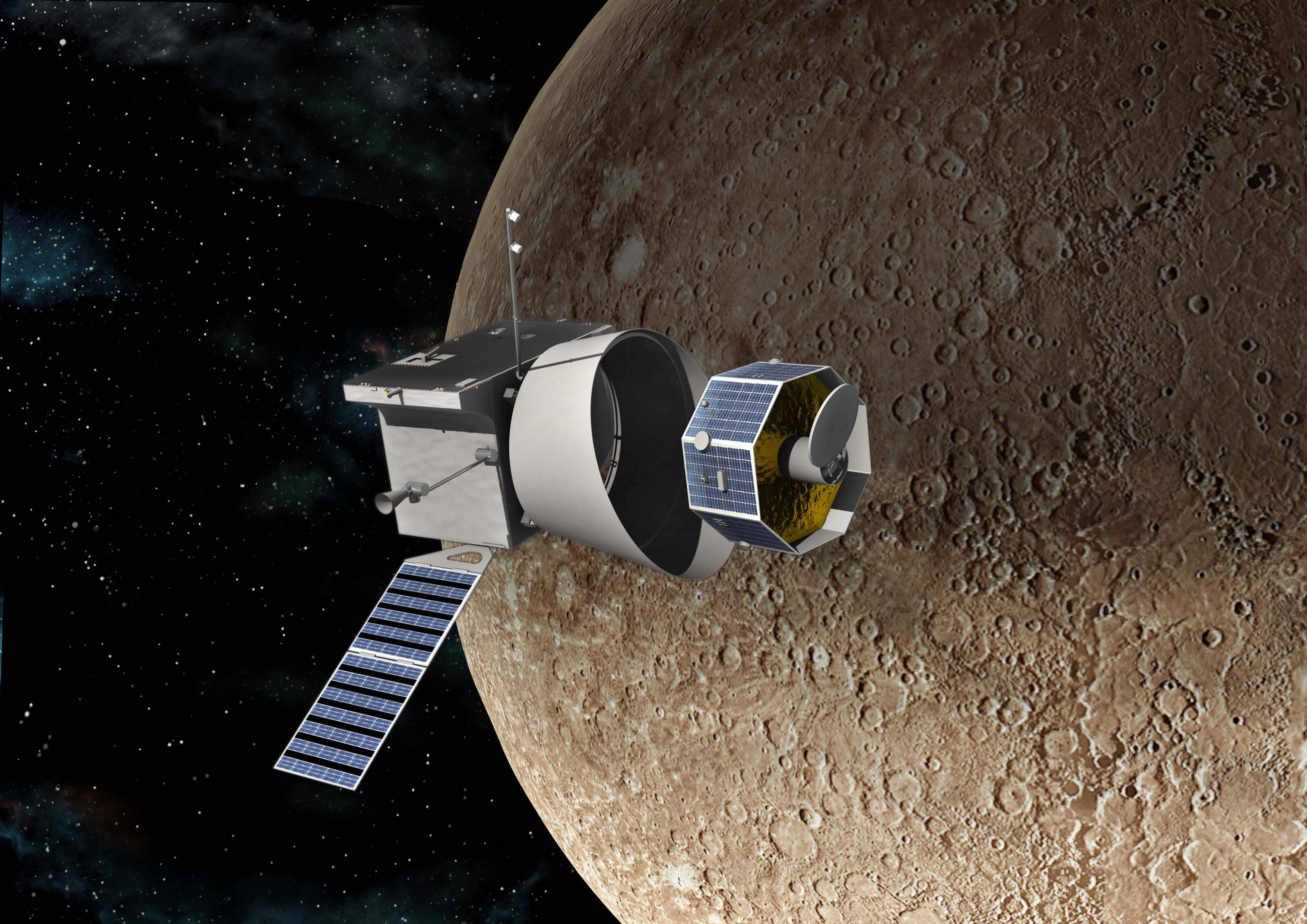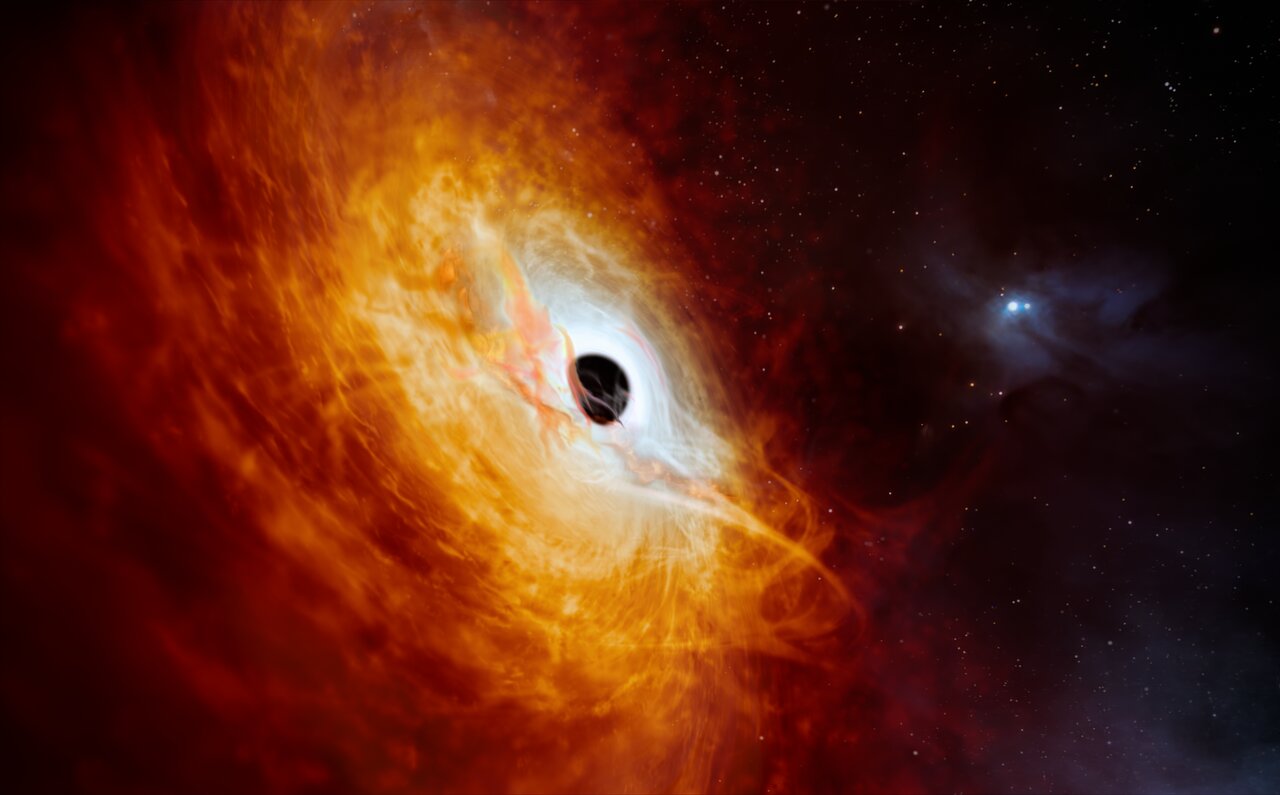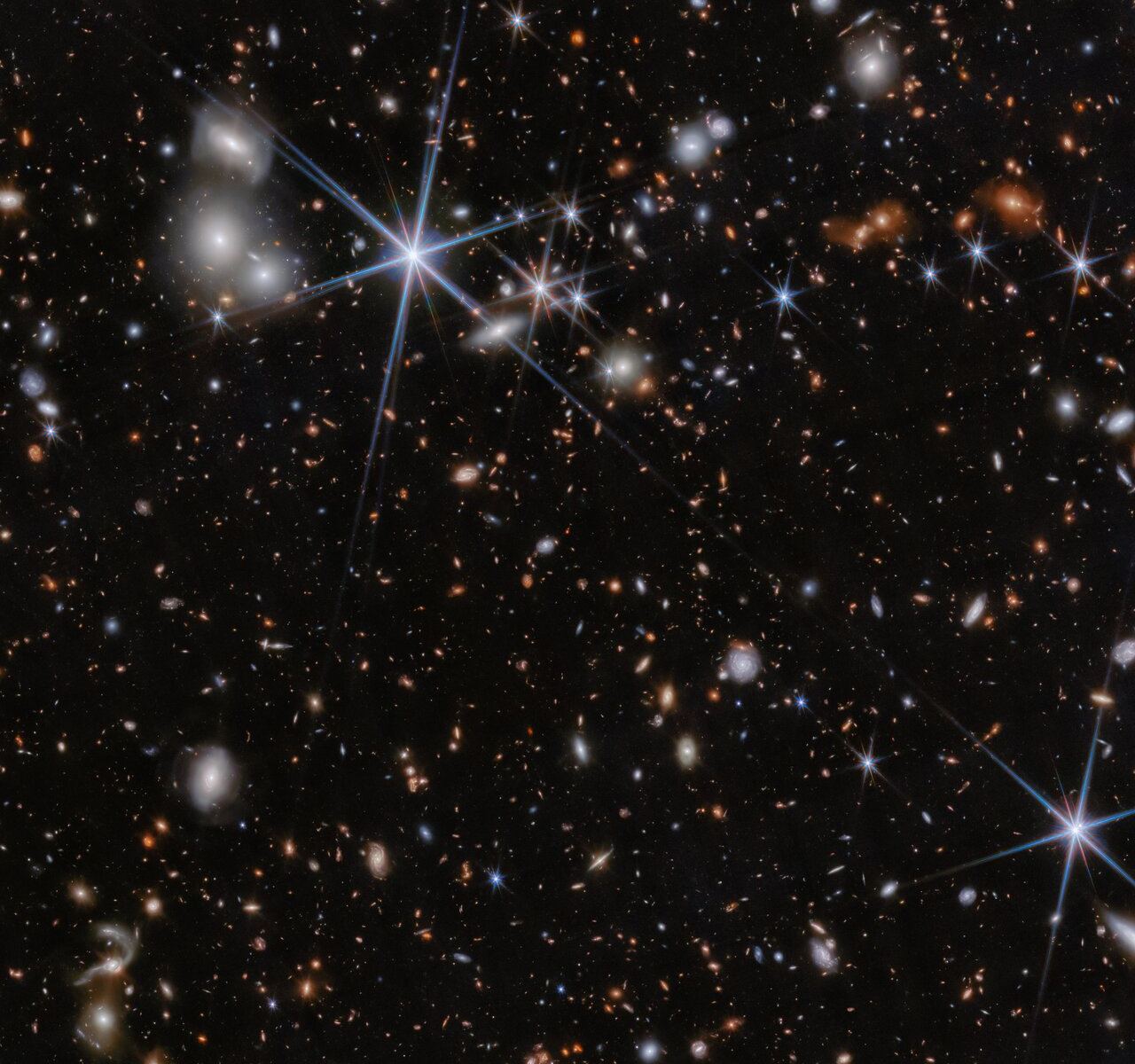How did complex life emerge and evolve on the Earth and what does this mean for finding life beyond Earth? This is what a recent study published in Nature hopes to address as a pair of researchers investigated how plate tectonics, oceans, and continents are responsible for the emergence and evolution of complex life across our planet and how this could address the Fermi Paradox while attempting to improve the Drake Equation regarding why we haven’t found life in the universe and the parameters for finding life, respectively. This study holds the potential to help researchers better understand the criterion for finding life beyond Earth, specifically pertaining to the geological processes exhibited on Earth.
Continue reading “Did Earth’s Multicellular Life Depend on Plate Tectonics?”Did Earth’s Multicellular Life Depend on Plate Tectonics?










